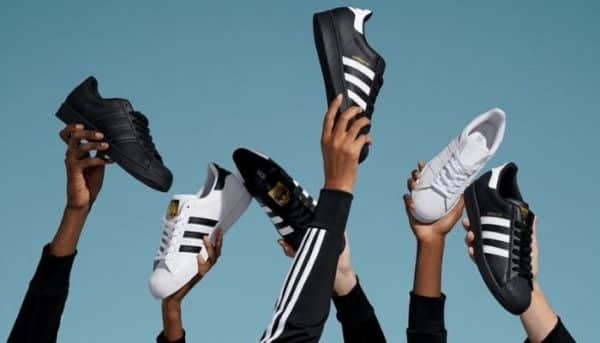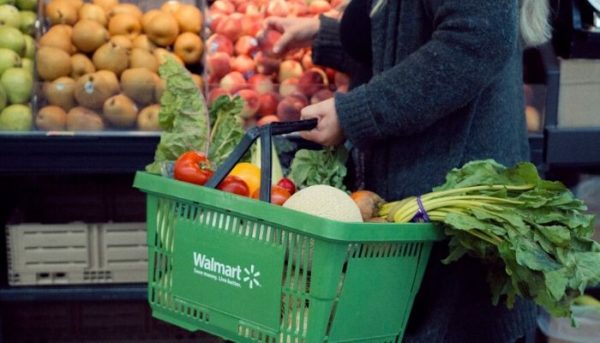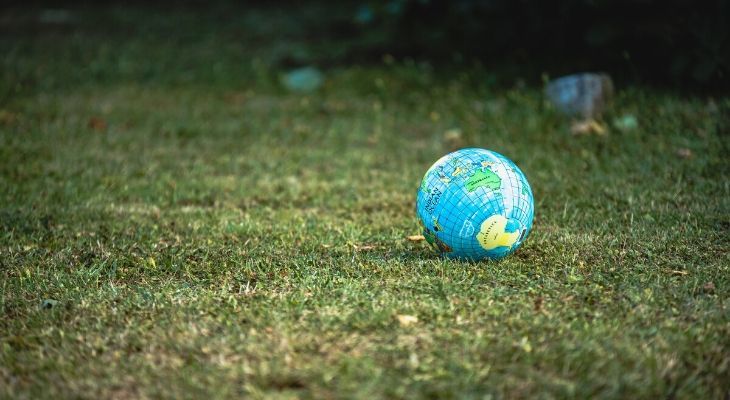Sustainability Lessons from Five of the World’s Biggest Brands
The business world is becoming more sustainable – and it’s not just a PR exercise. Increasingly, top companies in the United States and beyond are concluding that looking after the environment and their staff can be good for the bottom line, too. Across the spectrum – from retail stalwarts such as Walmart to tech innovators such as Apple – businesses are transforming their operations and reaping the rewards.
Here are five examples of sustainability in action.
Apple
What it’s doing: The tech giant has so far focused on recycling, setting up a program that allows customers to return an iPhone to any Apple Store (or to Best Buy locations in the US) in exchange for an Apple Store gift card. It has already recycled nearly one million iPhones through the program. Meanwhile, its refurbishment service – which helps customers extend the life of their phones – freshened up 7.8 million devices in 2018, potentially diverting 48 million kilograms of electronic waste from landfills. Apple has also pledged to one day manufacture its iPhones entirely from recycled materials, although it admits it does not yet know how to achieve this.
The lesson: If given a choice, many consumers would rather repair or refurbish something they already own than purchase something brand-new.

Photo: Adidas
Adidas
What it’s doing: This German-based sportswear company – the second-largest in the world, after Nike – is thriving, reporting a net income of more than 1.7 billion euros in 2018. It has achieved this partly by devoting significant resources to its staff, who consistently report high levels of job satisfaction. For example, new parents can reduce their working hours without giving up full-time benefits, and many office locations feature nursery rooms and kid-friendly offices. All employees have a lifetime “bank” for paid leave, which can be saved up over several years and used towards sabbaticals or early retirement. In its sustainability statement, Adidas says: “Being a sustainable business is about striking the balance between shareholder expectations and the needs and concerns of our employees.”
The lesson: Being generous towards employees can lead to a more stable and sustainable workforce, which in turn supports profitability.
Ikea
What it’s doing: The Swedish furniture and homewares retailer first became successful by offering stylish products at lower prices than could be found elsewhere, but in recent years, it has begun recasting itself as a champion of conscious consumerism. It aggressively promotes energy-saving LED bulbs, selling 92 million in the 2018 financial year alone, and has introduced a variety of sustainability products such as water-saving tap nozzles. Last year, it pledged to reduce the total IKEA climate footprint by an average of 70 per cent per product and to remove all single-use plastic products from the IKEA range. Its next goal is to source 100 per cent of its wood from sustainable sources by 2020. And the company remains profitable, recording a net income of 1.46 billion euros in 2018.
The lesson: Consumers will buy sustainable products if they are encouraged and will support businesses that transition towards sustainability.

Photo: Walmart
Walmart
What it’s doing: America’s biggest bricks-and-mortar retailer is also one of its most ambitious when it comes to sustainability. Walmart’s long-term goals are to “create zero waste, operate with 100 per cent renewable energy and sell products that sustain our resources and the environment”. In practice, it has already diverted the bulk of its waste away from landfill (78 per cent in 2017) and launched Project Gigaton, which it says will reduce one trillion kilograms of emissions from its global supply chains by 2030. It also maintains a sustainability website for its employees and suppliers.
The lesson: Traditional companies can implement modern sustainability measures without stifling growth. (Walmart is currently number one on the Fortune Global 500 list, which ranks companies by revenue.)
Patagonia
What it’s doing: One of the business world’s original champions of sustainability has turbo-charged its efforts since Rose Marcario took over as CEO in 2013 – and has seen its revenue and profits quadruple in the process. In addition to giving one per cent of its revenue to charity and encouraging its customers to reuse and recycle their Patagonia garments and equipment, the company has become active in the US political process, suing President Trump in 2018 for reducing the size of two national monuments and persuading other large companies (including Walmart) to give their employees time off to vote. In addition, Patagonia has begun investing in other sustainable companies through its venture capital fund, Tin Shed Ventures.
The lesson: Consumers love brands that are vocal advocates of sustainability and that take public positions on important issues.
-
Enquire!
- Register
